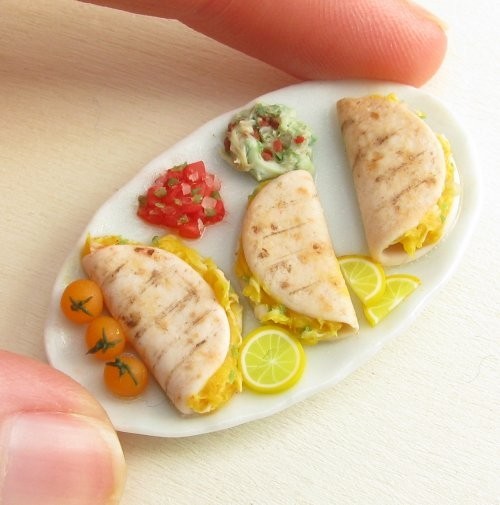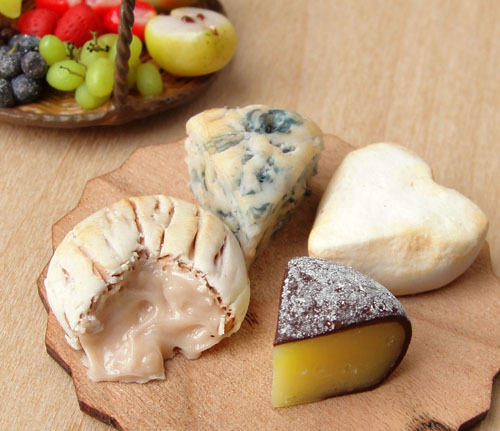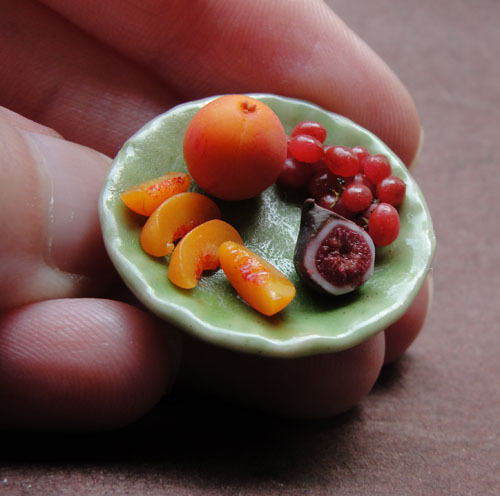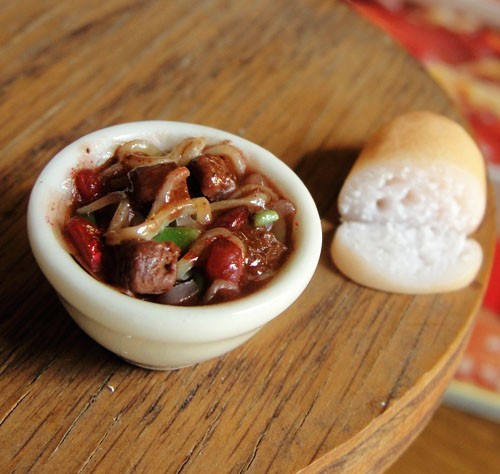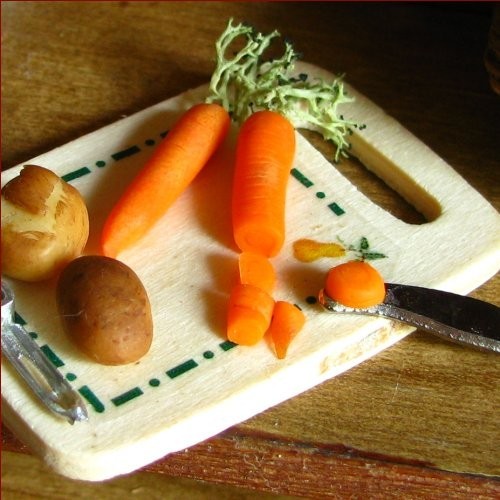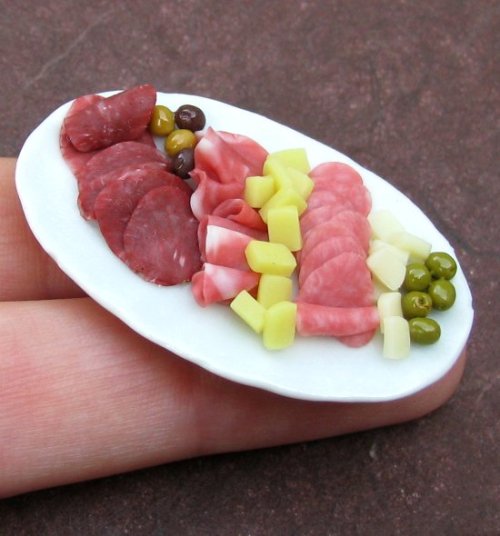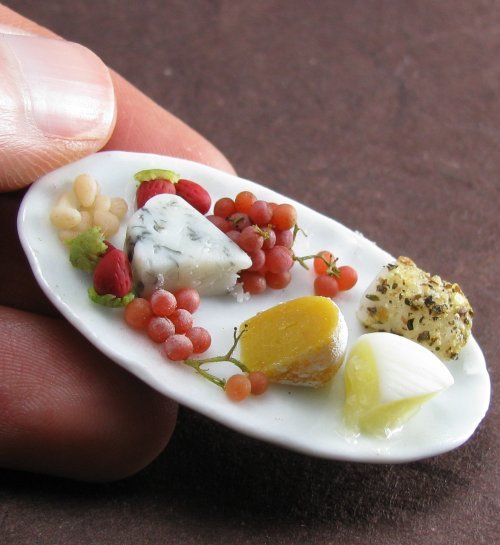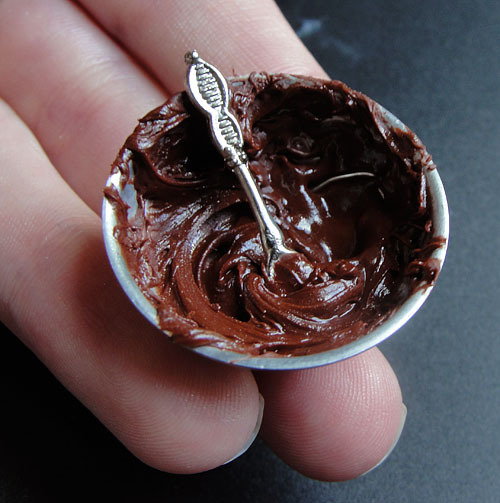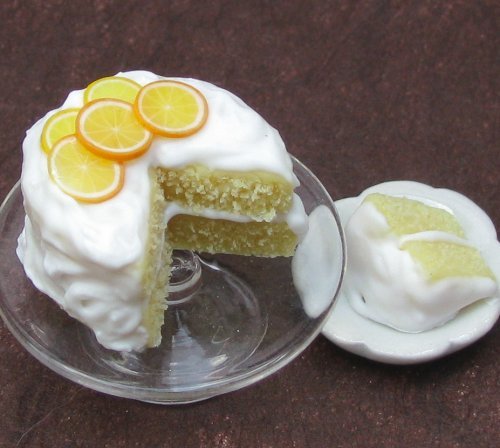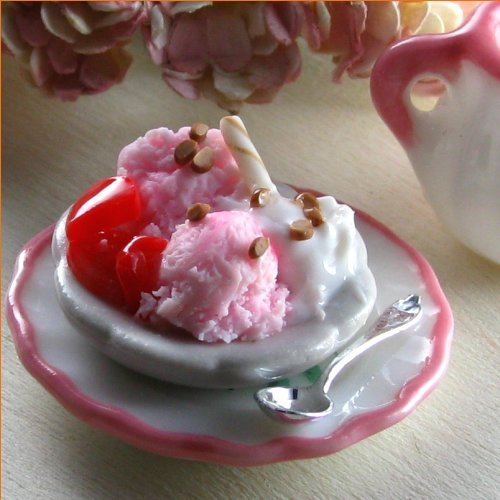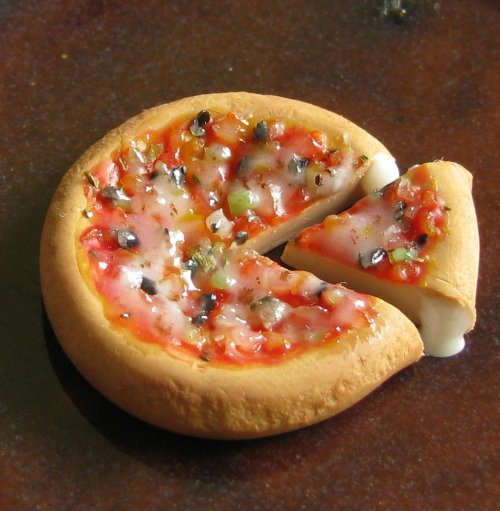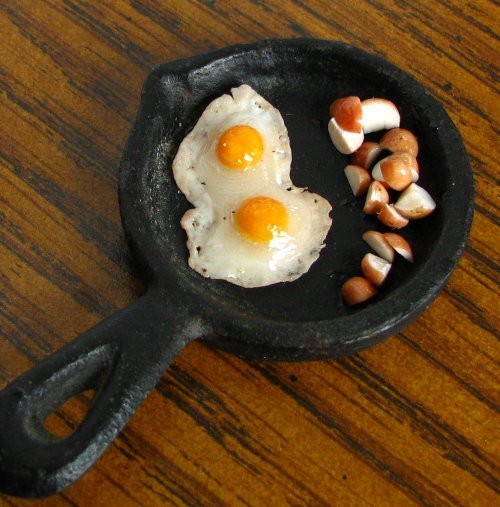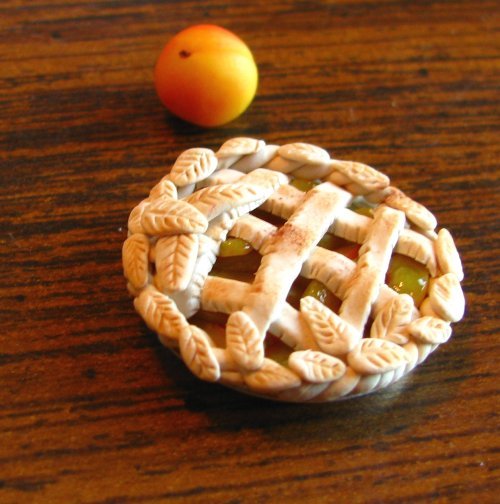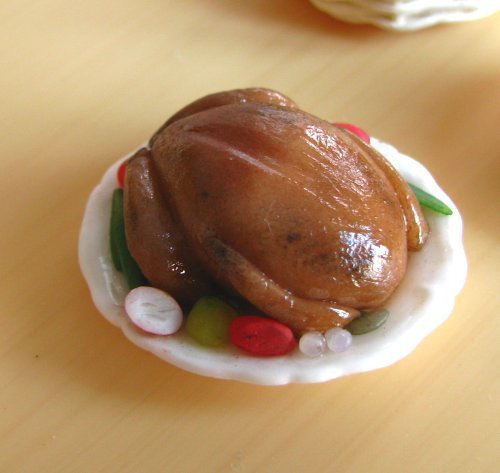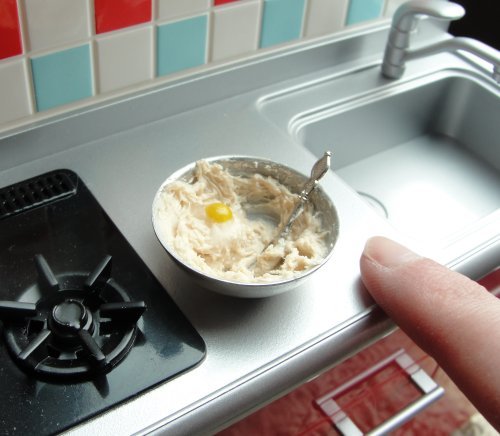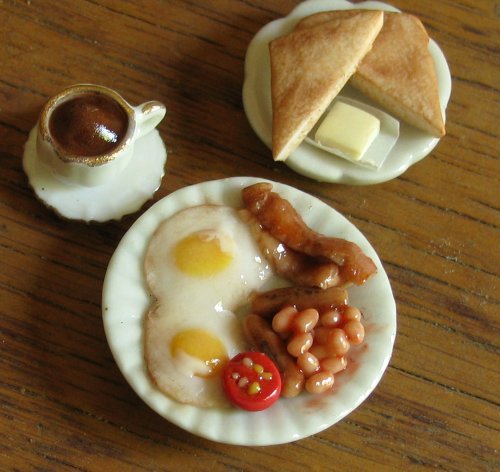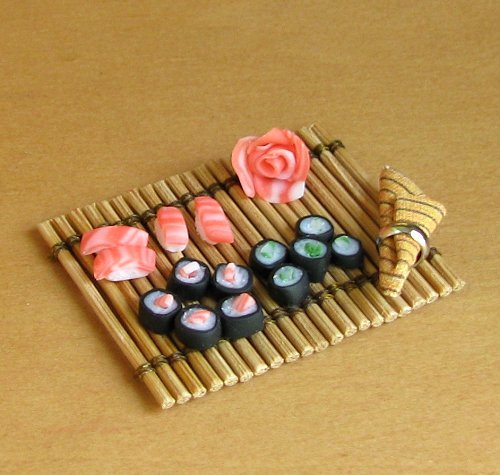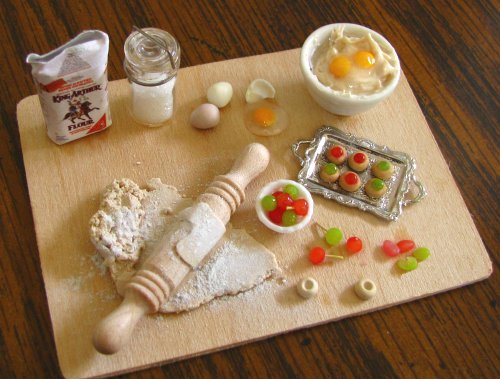If someone showed you these pictures, would you believe they weren't photos? Well, they're not. They are ultra realistic paintings by New York based street artist Dan Witz. If you like them enough, you can go buy the prints. The amount of detail and realism that goes into each and every person is truly extraordinary.
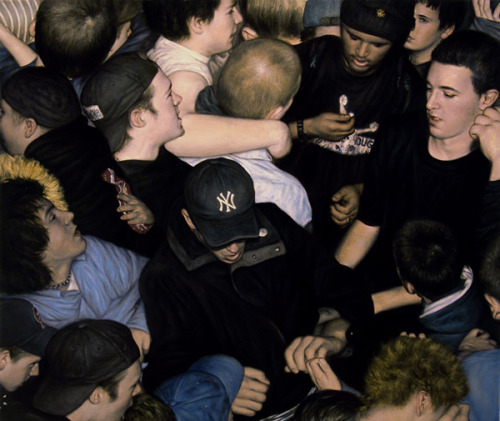
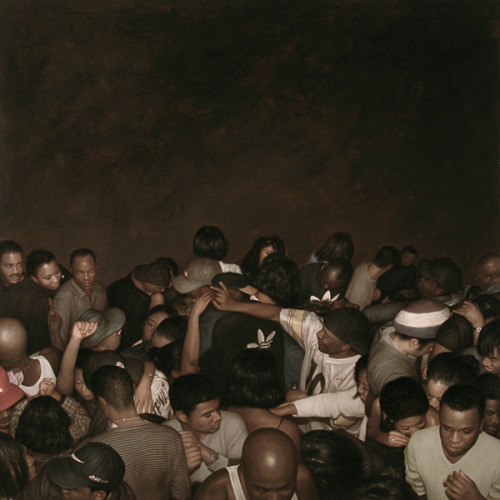
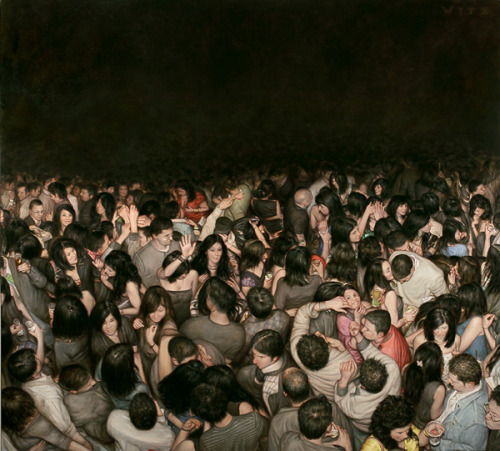
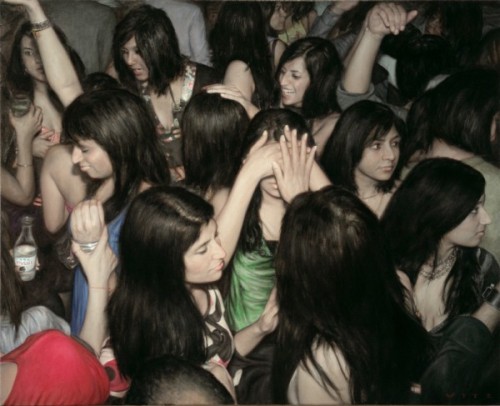
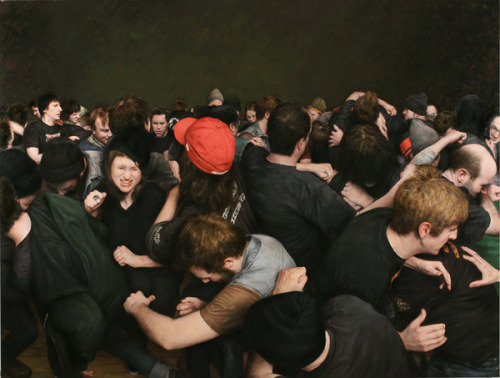
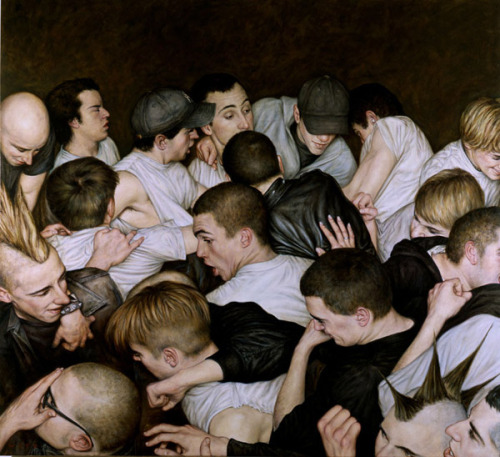
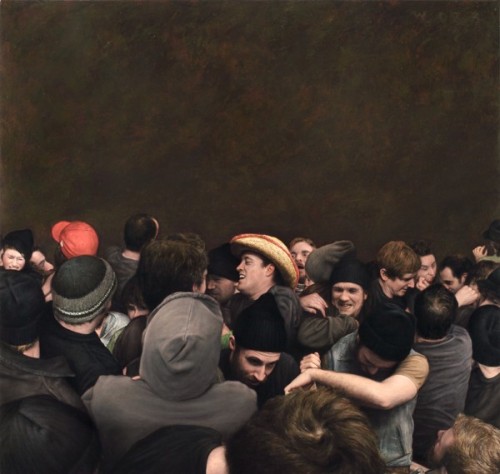
This is part two of the Archive of the Planet series collected by Albert Kahn. Read part one here.
This description is directly from the Albert Kahn Museum website:
"Albert Kahn built up an iconographic memory of societies, environments and lifestyles – many of them traditional – around the world. From 1909 to 1931, he commissioned photographers and film cameramen to record life in over 50 countries. The images were held in the Archive of the Planet, a collection of 180,000 metres of b/w film and more than 72,000 autochrome plates, of which the Albert Kahn museum now has the largest collection in the world.
Hundreds of autochromes and few movies are available.
Autochrome was the first industrial process for true colour photography. When the Lumière brothers launched it commercially in June 1907, it was a photograhic revolution - black and white came to life in colour. Autochromes consist of fine layers of microscopic grains of potato starch – dyed either red-orange, green or violet blue – combined with black carbon particles, spread over a glass plate where it is combined with a black and white photographic emulsion. All colours can be reproduced from three primary colours."
This is a wonderful collection of photos from the early 1900s which were collected by Albert Kahn. This description is directly from the Albert Kahn Museum website:
"Albert Kahn built up an iconographic memory of societies, environments and lifestyles – many of them traditional – around the world. From 1909 to 1931, he commissioned photographers and film cameramen to record life in over 50 countries. The images were held in the Archive of the Planet, a collection of 180,000 metres of b/w film and more than 72,000 autochrome plates, of which the Albert Kahn museum now has the largest collection in the world.
Hundreds of autochromes and few movies are available.
Autochrome was the first industrial process for true colour photography. When the Lumière brothers launched it commercially in June 1907, it was a photograhic revolution - black and white came to life in colour. Autochromes consist of fine layers of microscopic grains of potato starch – dyed either red-orange, green or violet blue – combined with black carbon particles, spread over a glass plate where it is combined with a black and white photographic emulsion. All colours can be reproduced from three primary colours."
See part two here.
Kim Burke masterfully mixes two of my favorite things: food and design. Her miniature food sculptures are absolutely incredible. She realistically creates everything from apple pie, to sushi, to cheese wedges. The amazing part is, they all look completely realistic and would be hard to distinguish from real food if it weren't for the giant fingers in the photos. You can find more of her work on Etsy, Deviant Art or Flickr.
